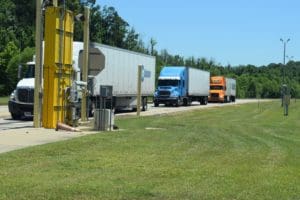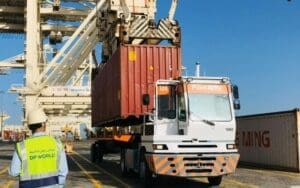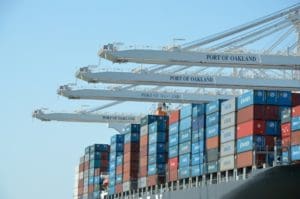 Many companies were in the midst of digitally transforming their supply chain when the Convid-19 pandemic hits. During that time, with great volatility, many companies struggled to keep pace with increasing customer expectations around delivery on-time.
Many companies were in the midst of digitally transforming their supply chain when the Convid-19 pandemic hits. During that time, with great volatility, many companies struggled to keep pace with increasing customer expectations around delivery on-time.
In my Logistics Viewpoints article in January 2021, “The New Definition of Supply Chain Agility and Resilience in an Unpredictable World”, I highlighted that modern supply chains must be built on a foundation of extreme agility and responsiveness. As the world is seeing evidence that we are closer to the light at the end of the tunnel and looking forward to the post pandemic recovery era: agility, resilience, and consistent (not just when absolutely needed) responsiveness will be the new competitive differentiators. In this part 2 article, let us continue to explore the concrete actions we can take in our Digital Supply Chain journeys.
Some companies chose to forgo the transformation initiatives to focus on dealing with disruptions to their business. Some chose to carry on with their digital journeys as they must find better ways as the physical and operational logistics footprint were changing rapidly to adapt to the new customer-first, eCommerce expectations. Almost a year after the outbreak, in their session about “GE Appliances’ High-Speed Upgrade of Its Digital Supply Chain” at the 25th Annual ARC Industry Forum event, GE Appliances discussed how they continued to take on that Digital Supply Chain Journey at the outbreak, so that they can track shipments from manufacturing plants in real-time or anticipate disruptions with machine learning (ML) that could slow customer deliveries.
Plan and Execute for Success
Some manufacturing, consumer brand, retail and logistics service companies made ambitious goals to delight customers through digital transformation but in some cases significantly eroded profit margins. Some organizations invested in solutions that offer little more than knee-jerk reactions, resulting in not-obvious improvement to the bottom-line or even net losses.
Before the pandemic, in a study of logistics providers conducted by Fraunhofer IML, among those embarking on digitalization initiatives, only 25% of logistics providers in the Fraunhofer IML survey are leveraging digital technologies to think outside the box and reinvent their foundational delivery model. These forward-looking companies understand that digital transformation is their means to reinvent themselves, leapfrog the competition, increase agility, and establish themselves as strategic, long-term partners with their customers. While this is encouraging, 75% see digitization as a way to either replace existing analog processes with digital ones or support new processes for customers within their existing operations.
Now, logistics providers are accelerating the pace to adopt new technologies to serve customer-first and eCommerce expectations. At our Blue Yonder ICON event later in April this year and 3PL Execution Forum in June, 3PL and 4PL companies will explain how they are leveraging innovations as an advantage. The supply chain can increase its visibility by leveraging AI and analytics to identify internal or external anomalies that are the first signal of a disruption. What comes after that is the leveraging of AI and its ability to make autonomous decisions across the end-to-end supply chain when disruptions do occur. By leveraging the analysis of historic events and probabilistic outcomes, new technologies can pull the right levers to correct supply chain performance, with much less or no human intervention.
The Key to Long-Term Success: Build Agility, Resilience and Profitability Together
As supply chain managers decrease their focus on exception management and tactical intervention, they can devote their time and attention to more strategic activities such as market research, outsourcing and data science. In addition, the worlds of planning and execution is converging, with the gap between demand, production, and logistics closing.
From an inbound operations perspective, visibility continues to be a common thread in facilitating this convergence. From an upstream point-of-view, raw material availability, visibility, sourcing and timing will continue to be the primary areas of focus, particularly with organizations looking to mitigate any new market disruptions. Today, companies are realizing that having excess inventory, logistical expediting, and promotions without tight supply chain execution, without unifying logistics, and without a scientific basis may not be the solution and. In fact, it may lead to increased variable costs.
Ideally, with this convergence, the demand data should be shared upstream with suppliers and other trading partners, creating a new demand fulfillment strategy and a collaborative response to any deviations from plan. It should also be shared downstream. In the upcoming hyper-connected world, the entire network can proactively sense and respond to potential supply chain disruptions caused by major events such as natural disasters and pandemics, as well as smaller events such as local weather, port congestion, equipment failure, capacity shortages and labor shortages.
The Crucial Role of Trading Partners
An example is carrier network services for executing a cohesive set of first-, middle- and last-mile operations and optimizing common carriers and fleets. Connected via a common technology platform, the supply chain partners can respond to unexpected demand volatility caused by social media, news reports or special events. The traditional supply chain has often been characterized by blind spots, which are caused when a lack of collaboration makes trading partners unable to see key information such as product location, available-to-promise inventory or a realistic customer delivery date.
These blind spots can no longer be tolerated in today’s environment of extreme volatility and high customer expectations. In a survey published by the Council of Supply Chain Management Professionals (CSCMP), siloed systems and/or processes were named the single greatest barrier to driving supply chain innovation and improving the customer experience. In addition, 46% of the companies deemed “most innovative” in the study reported having 80-100% electronic connectivity with their trading partners. Supply chain partners that are unable to share data may struggle to find a common ground and collaboratively respond to demand and supply volatility as a single, linked entity.
Fortunately, IoT, AI and ML are converging to illuminate this kind of critical information and create true visibility, and responsiveness, across the supply network. All trading partners can see potential disruptions in the product flow to the marketplace, while also gaining a probabilistic view of the potential impacts. In addition to seeing upstream supply obstacles, all trading partners can also recognize downstream fulfillment issues such as low inventories or labor shortages. In the same Fraunhofer IML study cited earlier, 81% of logistics service providers say that market demand for digital collaboration and transparency along the supply chain is a “very strong” (36%) or “strong” (45%) influence on their business. It will be interesting to compare the results in future surveys as eCommerce propels better management of logistics operations each-es in additional to bulk.
At SodaStream, which provides 1.5 billion liters of homemade sparkling water to millions of homes globally, advanced warehouse solutions are leveraged to avoid delay to the plan-to-order process and enable more efficient order fulfillment and inventory management processes.
At Swedish appliance leader Electrolux, technology investments have been continuing to link its geographically distributed, highly complex worldwide supply chain and encourage close collaboration both internally and externally. Selling 60 million products annually in 150 countries, Electrolux has been viewed as a leader in adopting digital supply chain solutions that facilitate this collaboration and focus the entire value chain on the end consumer. A 2018 academic paper authored by researchers at the University of Southern Denmark noted, “Electrolux is the company in the worldwide household appliances industry with the widest geographic reach, also product-wise….Electrolux is balancing between globalization and localization in the different key value chain functions, searching to take the best from the two.”
Leverage Digital Journeys to Win
Both upstream and downstream signals will increasingly pull products from supplier warehouses and corporate distribution centers alike and affect tactical transportation and other logistics related plans. While the advanced technologies are available to support the level of agility required for an uncertain world, often the barrier to successful adoption is cultural. But the journey to improve must accelerate, unified logistics and advanced technologies will support the hyper-connected supply chain to come. We will continue to explore the steps in the digital journey (such as on-demand transportation, labor, and warehousing) and examples of determination from the top in addition to logistics operations.
Terence Leung is Senior Director, Solutions Marketing at Blue Yonder. He has a keen interest in digitalization and the value it generates throughout the supply chain. In this role, he leads his organization to drive thought leadership and go-to-market strategy for supply chain execution and logistics solutions. In addition, he works with customers to understand requirements and drive best practices.
Prior to joining Blue Yonder, Terence was the leader in product marketing and value engineering at One Network. Previously, he was in leadership positions in industry management at Savi Technology and solutions and management consulting at i2 and Deloitte Consulting respectively. Terence holds an MBA from the University of Texas, Austin and an Electrical Engineering degree at MIT.

















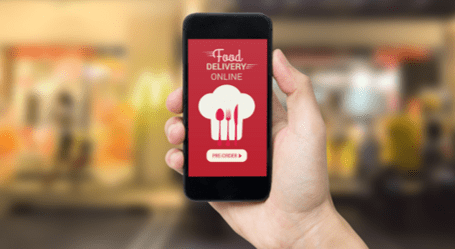



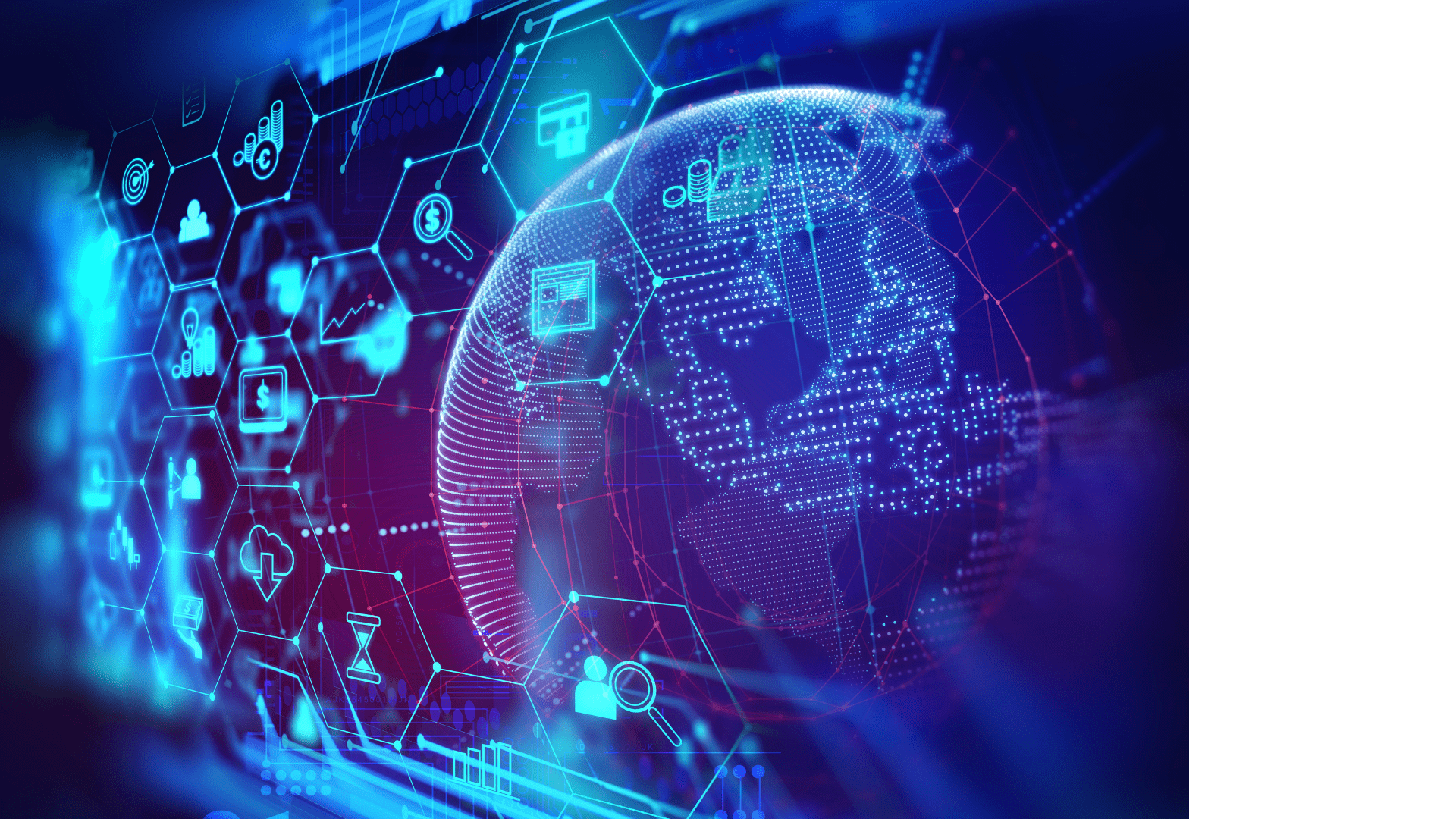
 Asena Yosun Denizeri is the Head of Retail solutions at Solvoyo and has over 20 years of experience in implementing Planning, Pricing, and Optimization solutions in global companies in the U.S. and Europe. She has led cross-functional teams in large-scale digital transformation projects touching Category Planning, Assortment Localization, Demand Planning, Promotion Planning, Allocation and Replenishment, Price Optimization, and S&OP.
Asena Yosun Denizeri is the Head of Retail solutions at Solvoyo and has over 20 years of experience in implementing Planning, Pricing, and Optimization solutions in global companies in the U.S. and Europe. She has led cross-functional teams in large-scale digital transformation projects touching Category Planning, Assortment Localization, Demand Planning, Promotion Planning, Allocation and Replenishment, Price Optimization, and S&OP. 




